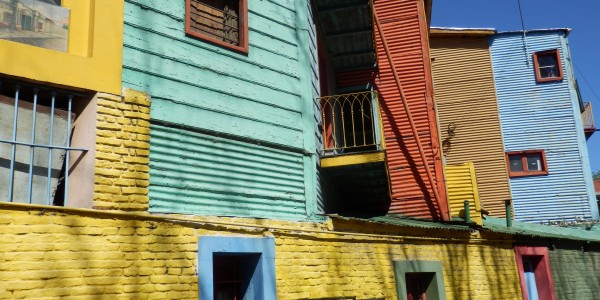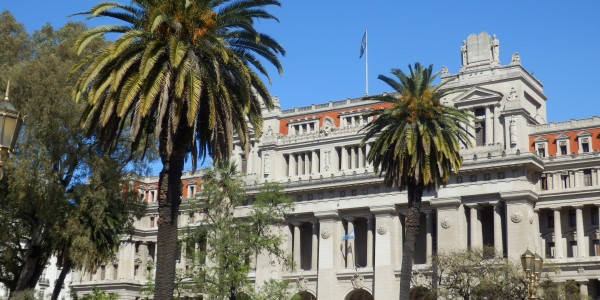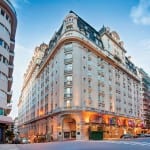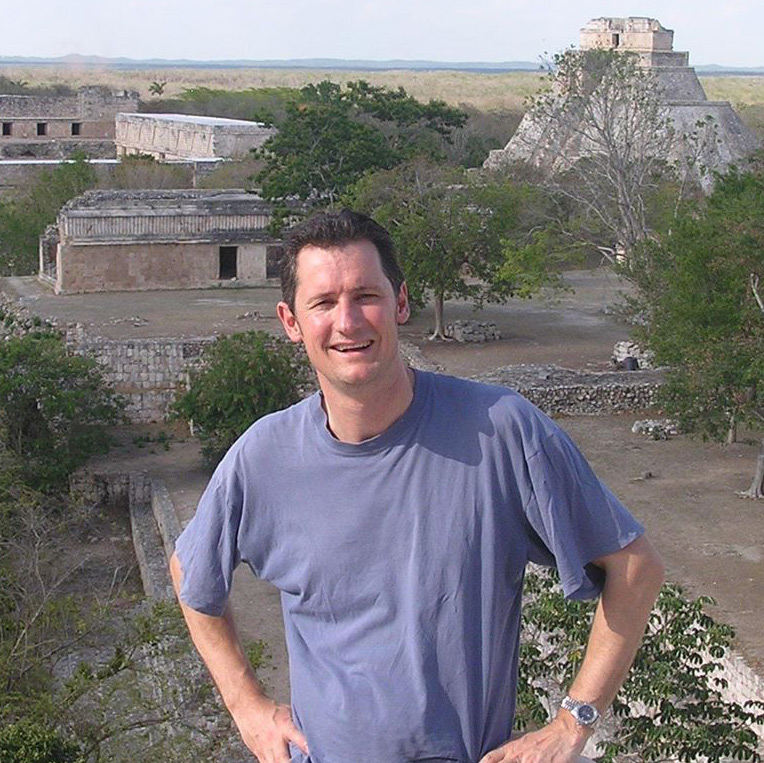Buenos Aires is one of South Americas’s most lively and cosmopolitan cities, with a wealth of history and cultural diversity. Dating back to the early 16th Century when the Spanish explorer Pedro de Mendoza landed at present-day Buenos Aires with a large expeditionary force, the city began to grow and was finally declared the official capital in the 1880’s.
Buenos Aires
Why visit Buenos Aires ?
- Get all passionate with some serious tango practice
- See Eva Peron’s grave in the famous Recoleta cemetery
- Explore the vibrant multi-coloured houses of La Boca
- Meander through the busy flea markets of San Telmo
- Take a boat ride along the waterways of the Tigre Delta
The 19th Century saw a rapid expansion in the city’s population and by the turn of the 20th Century, Buenos Aires was Latin America’s largest city. Once a colonial city of some architectural merit, many of the charming little narrow streets that criss-crossed the city were bulldozed to make way for the broad avenues such as Cordoba and Corrienes that still exist today.
The heart of the city is based around the Plaza de Mayo, which is home to the Cabildo, the mid-17th Century town council building which is now home to a small museum; La Catedral Metropolitana which is a 19th Century monument and home to the tomb of General Jose de San Martin, the country’s most revered military hero. On the eastern end of the plaza is the remarkable pink façade of the Presidential Palace (Casa Rosada), which was built in the mid 18th Century and was painted pink as a concilliatory gesture to the red flag of the Federalists and the white flag of the Unitarists. It is from the balcony of this great building that Juan & Eva Peron, General Galtieri and other renowned political figures have addressed massed throngs of impassioned citizens.
To the south of the Plaza de Mayo is the San Telmo district, an historic area based around the Plaza Dorrego, of narrow little streets, pretty plazas with street performers entertaining the crowds, vibrant Sunday antiques markets and the area is home to artists, bohemians, and the birthplace of the infamous tango. Another highlight is La Boca, one of the capital’s most vibrant districts with its multi-coloured houses along the Caminito, famous for its artists, street perfomers and impromtu Tango shows.
Recoleta is one of Buenos Aires’ wealthiest and most glamorous neighbourhoods and home to the city’s rich and famous. Many of the old mansions are of great architectural significance as is the famous Cementerio de la Recoleta. This cemetery is where those same rich and famous families bury their dead in richly decorative and even ostentatious mausoleums. The myth of ancestors is an important part of Argentinian life and pilgrims will often come to touch and leave flowers on the sepulchres of their ancestors or famous people who influenced them in their daily lives. One particularly famous resident of the Recoleta cemetery who receives many regular visitors is Eva Peron.
LOCATION
ARGENTINA KEY INFO
Visa
No visa is required for UK passport holders.
Health Requirements
No mandatory vaccinations are required.
Time Difference
GMT -3 Hours
Flight Time
13.5 hours Direct
NEWSLETTER SIGNUP
Keep up-to-date with the latest travel trends, inspiration for future trips and competitions to win luxury travel vouchers.
Subscribe




















